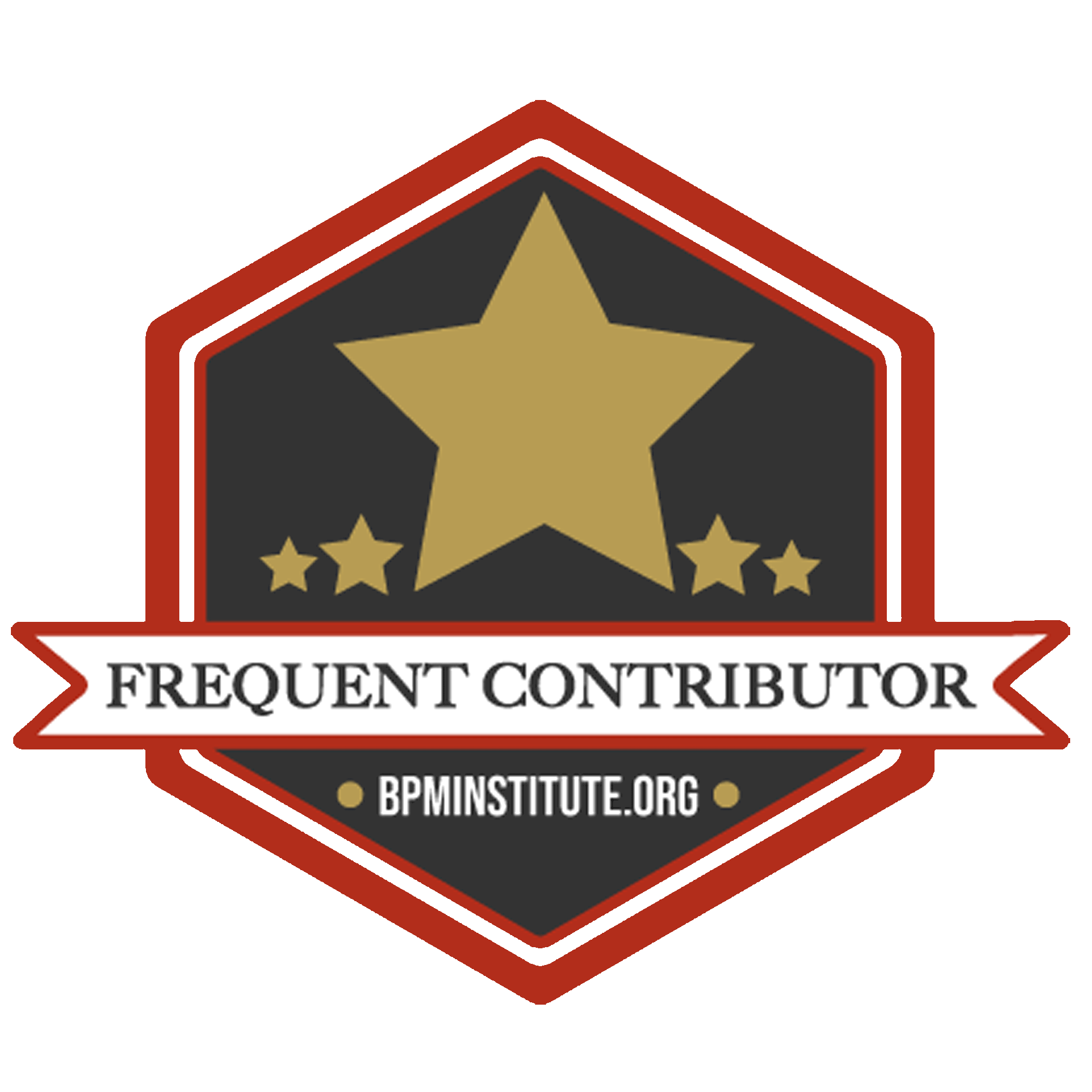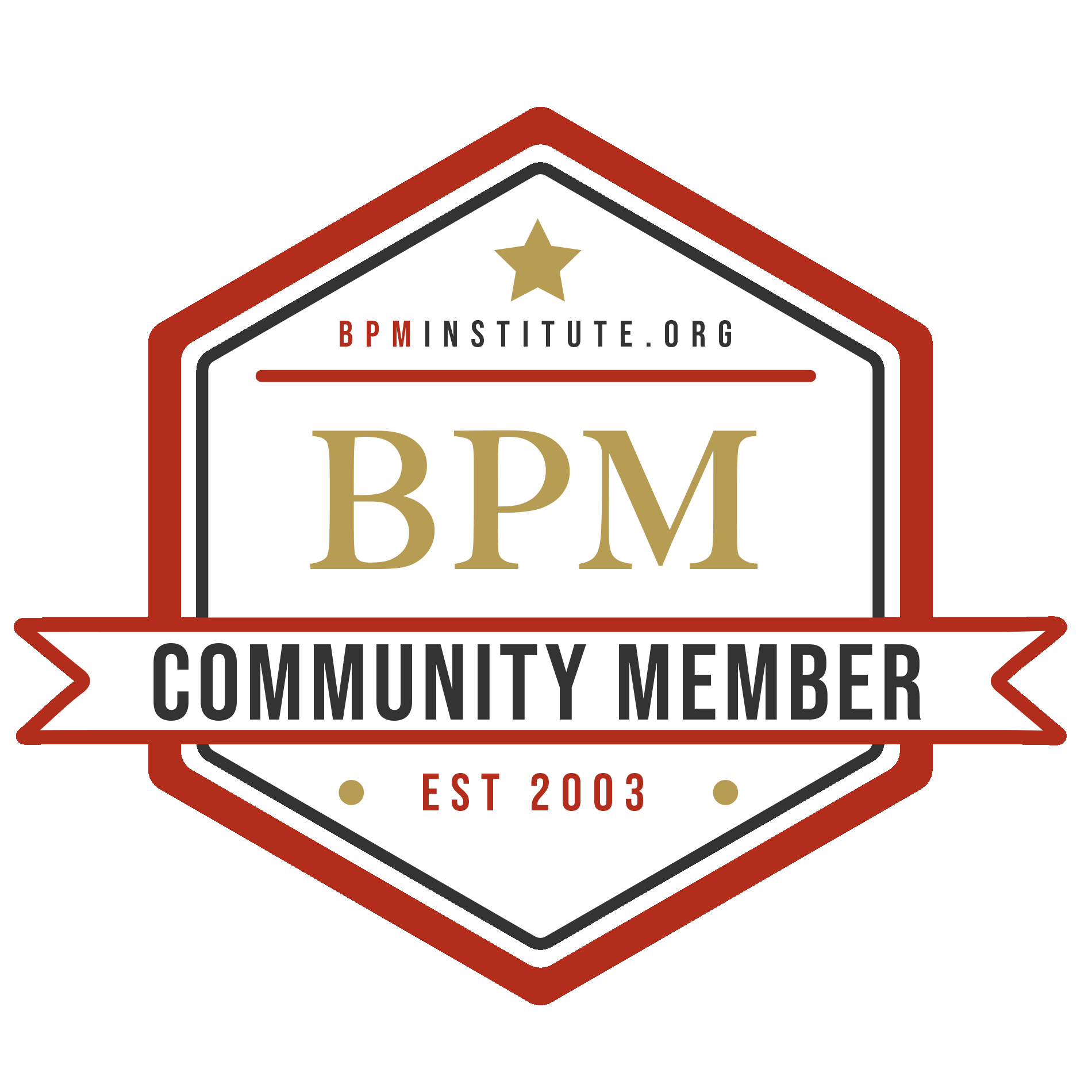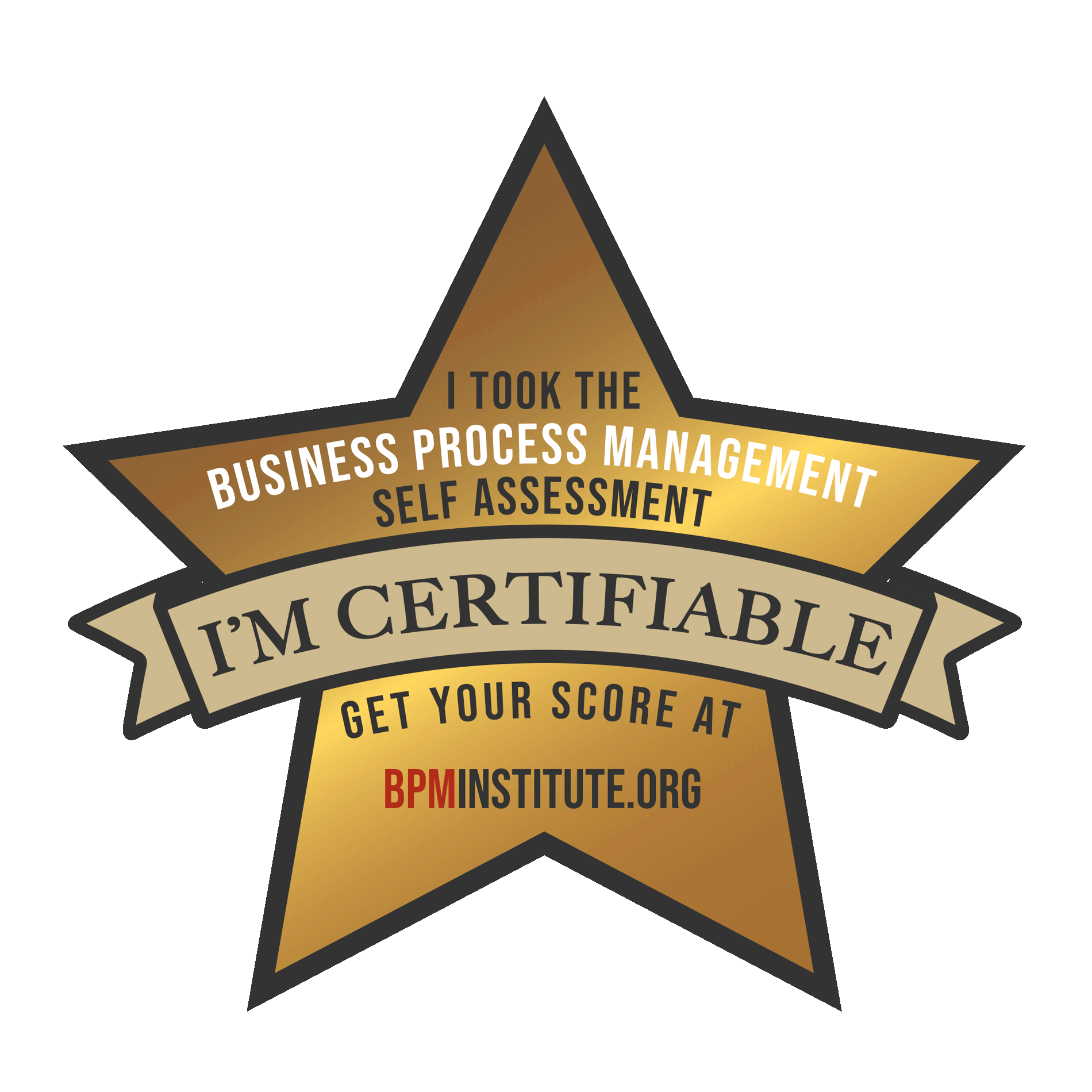In walking the line on Business Process Management (BPM) analysis and implementation, two valuable and non-technical skills are Experience and Judgment. Learning the latest techniques such as Agile, Lean and Six Sigma are filling the training pipelines. These skills are useful. Still, I recommend a second look at areas which are not currently in the forefront of practitioner popularity.

November 3, 2008

Larry Cooke
Articles by: Larry Cooke
Constraining the Theory of Constraints
Eliyahu M. Goldratt (1947-2011), an Israeli physicist turned business guru, established a highly esteemed reputation in business planning, through a series of three novels.
The use of novels to explain business and scientific matters was quite original for the time. The novels were “The Goal” (1984), “Theory of Constraints” (1990), and “Critical Chain” (1997).
Each explored aspects of his theories. His books were among the most controversial and thought-provoking of the closing decades of the 20th Century. They also affected Project Management strongly, through his “Critical Chain” thinking.
The ‘Understand’ Phase of Development
This article covers an issue within Business Process Management (BPM) redesign which is often not fully discussed. Frequently, development groups are eager to get the team fully engaged as quickly as possible. Looking at “as is” situations (examining, modeling) may receive slight attention as being “bygones” – “Let’s start with a clean slate.” The issue is deciding how quickly to begin computerized development after a project or analysis has been scheduled.
There are different aspects of business growth and development. One faction may wish to apply technology to change its business as quickly as possible, while another may prefer to proceed cautiously and methodically, moving only after research and through using a well-tested methodology. Which is correct? The classic answer is “It depends.”
Human Risk Biases
Except for natural disasters such as earthquakes, floods, or hurricanes, all risks are man-made. This article is a synthesis of three past Harvard Business Review articles. The bibliography is at the end of the piece. Project Managers (PMs) usually have very little control of the risk circumstances in which they are placed. Taken together, viewing risk from the combined perspectives of the authors cited should help PMs assess risk in their own environments. Summarizing the titles as follows: “Right Risks,” “Is it Real?” and “Hidden Traps” will help us consider the contribution of each, and then meld them into the PM’s decision process.
The Right Risks
Continuous Improvement – Now!
Do you notice any built-in contradiction in the title of this article? A naïve approach to Continuous Improvement (CI) would be to attempt to benchmark Toyota, and just do what they do. That would be OK if: 1) You make automobiles, and 2) You have fifty years of Toyota management experience. Without those advantages, you would do best to consider a modified strategy.
It’s not easy to change, and usually not fruitful to change precipitously. An anecdote from an unnamed country, several wars ago, decided to mechanize the cavalry. An inspector, reviewing the prototype of the new battalion, marveled in the shiny new personnel carriers and tanks. However, he then noticed two soldiers standing off to the side, apparently doing nothing. When he inquired, he was told: “They are there to hold the horses.”





















